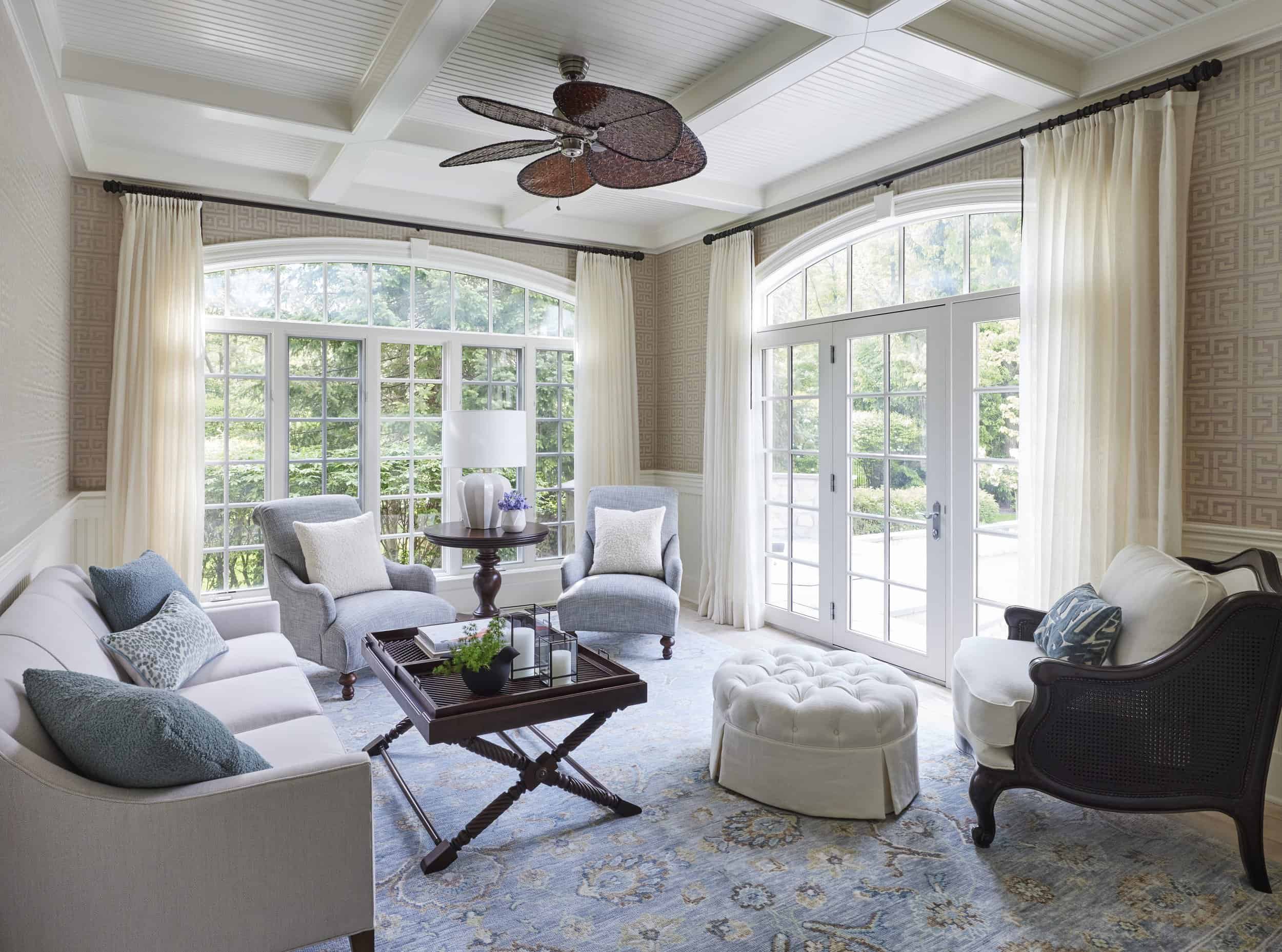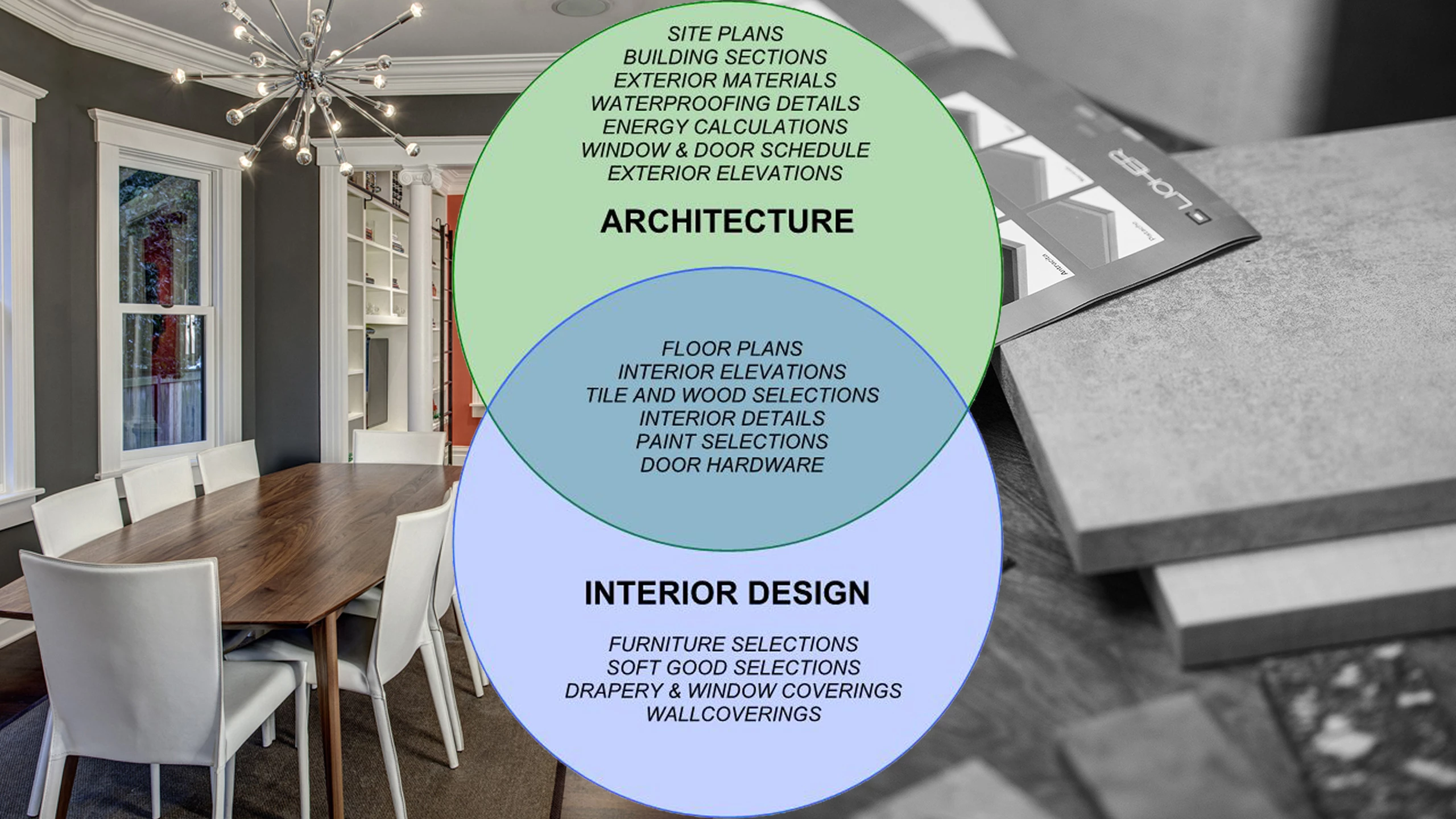Making Best Use Of Visual Appeal: The Harmony In Between Interior Design and Home Architect Strategies
Comprehending the subtle interaction between interior decoration and home architecture can significantly boost the aesthetic allure of a living room. This marriage of layout self-controls entails a thoughtful integration of building elements with indoor layouts, and a skilled application of concepts such as comparison, equilibrium, and rhythm. As we explore this synergy, we will certainly uncover methods to create visually striking and practical settings that not only show individual design, but likewise adjust to the dynamic requirements of modern-day living.
Comprehending the Essentials: Defining Interior Design and Home Architecture
Interior layout and home architecture, often intertwined, stand for the structural and visual facets of our living spaces. Interior Design is a diverse technique that involves creating practical, risk-free, and cosmetically pleasing rooms inside a building. It includes elements such as furniture plan, color control, and accessory option. On the various other hand, home architecture mainly concentrates on the strong framework of a structure. It entails developing a functional and aesthetically pleasing framework that stands the examination of time. It incorporates components such as space planning, sustainability, and construction. Both areas call for a deep understanding of human actions, society, and psychology. Each plays an essential duty in forming our living settings, adding to our overall convenience, productivity, and wellness.
The Synergy Clarified: Exactly How Interior Style and Home Architecture Intersect
Recognizing the synergy in between interior layout and home design can open a world of creativity and performance. When reviewing this intersection, the influence of style on insides is an essential facet to consider. This discussion will certainly focus on the unifying design principles that mix these two fields right into an unified whole
Unifying Design Principles
While it might seem that interior layout and home architecture are 2 distinct techniques, they are in fact deeply interconnected, forming a synergy that is vital for creating harmonious home. Unifying design concepts are the pillars that promote this synergy. The concepts include equilibrium, rhythm, contrast, consistency, and emphasis. These aspects integrate to supply a natural aesthetic charm. Balance produces a feeling of stability, rhythm supplies a feeling of movement, harmony makes certain unity, contrast triggers interest, and focus accentuates vital elements. The critical application of these concepts enables a smooth mix of appearances and function, improving the general experience of the area. In significance, these principles function as the bridge, joining indoor layout and architectural practices.
Building Impact on Insides
The intertwining of interior design and design comes to be even a lot more noticeable when one thinks about the building influence on interiors. Architectural components are inherent to a space's performance and visual appeals, forming the layout from the start. Their synergy is thus indisputable: design establishes the framework, which interior style boosts with texture, design, and shade.
Key Principles in Integrating Interior Design and Home Style
Striking an equilibrium between capability and looks is a basic facet of integrating indoor layout and home style. A just as vital concept is the assimilation of lasting layout to produce energy-efficient and eco-friendly homes. Understanding and discovering different architectural designs can likewise play an important function in accomplishing an unified style. Luxury home architect.

Balancing Functionality and Aesthetic Appeal
Balancing capability and visual appeals in interior decoration and home style emerges as one of the extremely important principles to think about. This fragile stability requires a careful mix of practicality and charm, intending to develop rooms that are not only visually pleasing but likewise offer their designated function effectively. Appearance boosts the mood and impacts the perception of area, whereas performance makes certain functionality and comfort. Key to this equilibrium is a thoughtful choice of aspects such as shade, lights, and appearance, which must complement each other while serving their individual duties. Just as vital is the reliable setup of the room, with a tactical design contributing substantially to the synergy between functionality and appearances. This unified mix eventually improves the lifestyle for the occupants.
Lasting Style Integration
In keeping the equilibrium in between functionality and appearances, one should additionally take into consideration the integration of lasting layout principles. This strategy not only boosts the visual charm of a space but also guarantees its longevity and minimized ecological effect. The vital lies in selecting products that are environment-friendly, resilient, and appealing. This consists of all-natural, recycled, or low-impact materials that add to a much healthier and more lasting globe. Designers and developers can also integrate energy-efficient systems, such as energy-saving appliances or solar panels. Making certain good indoor air high quality with enough all-natural lighting and ventilation is important. Consequently, a harmonious fusion of interior design and home design, assisted by sustainability, can produce rooms that are beautiful, functional, and ecologically friendly.
Exploring Building Styles
While there are a myriad of building styles to discover, it is necessary to comprehend that each one lugs its special principles that can considerably influence the harmonization of interior decoration and home architecture. These designs, varying from the ornate Baroque to the minimal Modernist, bring distinct ideologies and appearances that, when appropriately understood and made use of, can create homes that are not just visually magnificent however additionally harmoniously incorporated in terms of layout and architecture. Picking an architectural design is not simply regarding personal aesthetic choice; it has to do with choosing a layout language that talks to the house owner's way of living, ideology, and aspirations, developing a home that is a true representation of its citizens.
Case Studies: Exceptional Examples of Style and Style Synergy
Looking into some remarkable study offers an extensive understanding of just how design and design can sympathetically combine to create compelling and practical spaces. The renowned Fallingwater house, developed by Frank Lloyd Wright, exquisitely demonstrates this harmony. Wright's design masterfully integrates the house with its surrounding landscape, while the indoor mirrors the outside's natural forms. Another example click to find out more is the minimalistic Tadao Ando's Church of Light in Japan. The designer accomplished an ideal equilibrium in between simpleness and drama, using raw concrete and light. Internally, the stark, minimal layout develops a feeling of harmony and spiritual contemplation. These examples highlight the relevance of harmony between interior layout and design in achieving functional and aesthetic success.
Practical Tips: Enhancing Your Home's Visual Charm
Drawing ideas from the study of architectural and layout harmony, property owners too can apply some sensible methods to increase their home's visual charm. A harmonious mix of colors, appearances, and illumination can enhance a room, producing a warm and welcoming atmosphere. Deciding for furniture that complements the building elements of your home can promote a sense of unity. Wall surface art and design items can add personality, reflecting individual design and taste. Including plant, either via indoor plants or sights to the outdoors, can bring a component of nature, providing a soothing result. Clever use of mirrors can open up a space, giving an impression of a larger area. Eventually, the visual charm hinges on balancing capability with design, producing a home that is both gorgeous and comfortable.

Future Trends: Just How Modern Techniques Are Altering Interior Design and Style
As the world evolves, so do the fads in interior layout and design. Modern techniques are increasingly concentrating on sustainability, incorporating eco-friendly products and energy-efficient designs. Technology plays a critical function, with clever homes ending up being the standard, integrating AI and IoT for enhanced performance. Additionally, minimalism remains to gain traction, stressing simplicity, capability, and clutter-free spaces. This is usually paired with biophilic layout, attracting inspiration from nature and advertising health and wellbeing. The pandemic has increased the requirement for versatile, multi-purpose spaces, obscuring the lines in between work and home. These fads reflect a shift in the direction of designs that are not just visually pleasing, yet also environmentally mindful, highly progressed, and adaptable to altering way of find more info lives.
Verdict
Finally, the assimilation of interior decoration and home design methods is a dynamic method to enhancing aesthetic allure. By leveraging crucial principles like rhythm, contrast, and balance, and incorporating elements of modern-day living, developers can create functional, aesthetically pleasing environments. Via comprehending this synergy, home owners can make educated decisions that not just elevate their living rooms however also add to their general wellness.
Recognizing the subtle interplay between indoor layout and home architecture can dramatically elevate the visual allure of a living area.Interior style visit the website and home design, typically intertwined, stand for the visual and architectural aspects of our living rooms.While it may seem that indoor layout and home architecture are two distinct techniques, they are in fact deeply interconnected, developing a harmony that is important for developing unified living areas.The intertwining of interior style and style becomes also extra obvious when one takes into consideration the architectural influence on insides. A harmonious combination of indoor design and home design, led by sustainability, can create spaces that are lovely, functional, and ecologically pleasant.